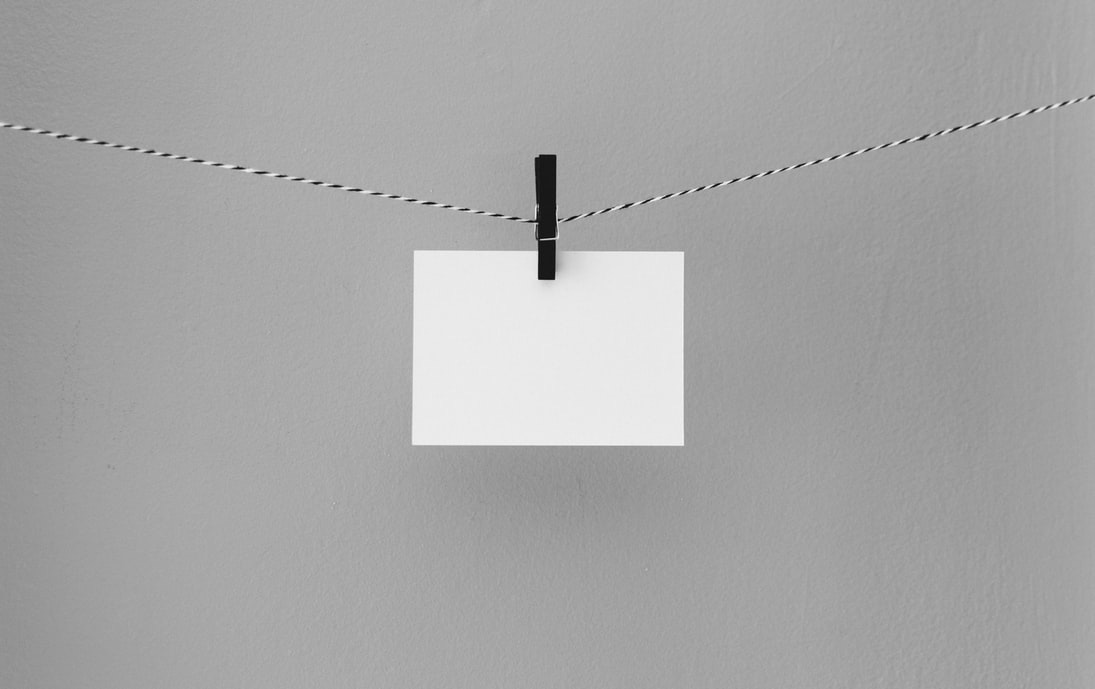
What's the opposite of a package marked 'fragile, do not shake'? Nicholas Nassim Taleb asks this question at the beginning of his paradigm-shifting book, Antifragile. Most of us think it's a package that's marked 'robust, undamaged by trauma'. Actually, he points out, the true opposite would be a package marked, 'antifragile - please shake'. In other words, something which is antifragile actually benefits from change, chaos, trauma, and - since all these eventually happen - the passing of time.
So the wisest business strategy question you can possibly ask is, how can we make our organisation antifragile, so that it wins from change, chaos, and the passing of time? At best, most organisations aim to be robust - to 'make it through' difficult times. But what if an organisation could become stronger, nimbler, leaner, simpler, smarter as time went on, come what may. Is that even possible? Yes, with some very simple - but profound - organisational philosophies. Let’s start to unpack how these principles should integrate into your organisation.
Step 1: Simple, simpler, simplest.
It may seem paradoxical, but the first step towards antifragility is to cut stuff out. Our instinct is to do more, or to look what we can add to our existing strategy, to tweak things for success. But on a long-term view, you can't be antifragile without a kind of happy, ruthless simplicity. Here's why: the more moving parts there are, the more things there are that can go wrong. The simpler something is - like the structures and strategy of an organisation - the less there is that can possibly go wrong. Which means, a greater exposure towards success.
But, simple is hard - hard to achieve, and hard to maintain. The inclination - especially of bright, reflective people - is to tweak, add, and tend towards greater complexity. Simple never happens by accident - only by effort and design. How simple is your organisation? The more complicated, moving parts there are, the more parts there are that can fail, be dysfunctional, and generally compromise what you're trying to do. In contrast, the more simplicity you have, the more energy is released to create and capture opportunity. An easy (simple!) test of how simple your organisation is, is how easily anyone in the organisation (not just the senior leadership) can draw a diagram of the organisational processes, values, and structures. If anyone can doodle it out on a single page, you're probably pretty simple - well done! But in our experience, in well over 90% of organisations not even the senior leadership can draw something consistent, simple and easy to understand; which is a sign of toxic complexity. Complicated-ness drains headspace, kills collaboration, denies creativity and prevents efficiency. Simplicity gives all that back. And with all that, you become an organisation that gets better and better with the passing of time.
Step number one towards antifragility? Be as simple as you possibly can - and then simplify some more.
